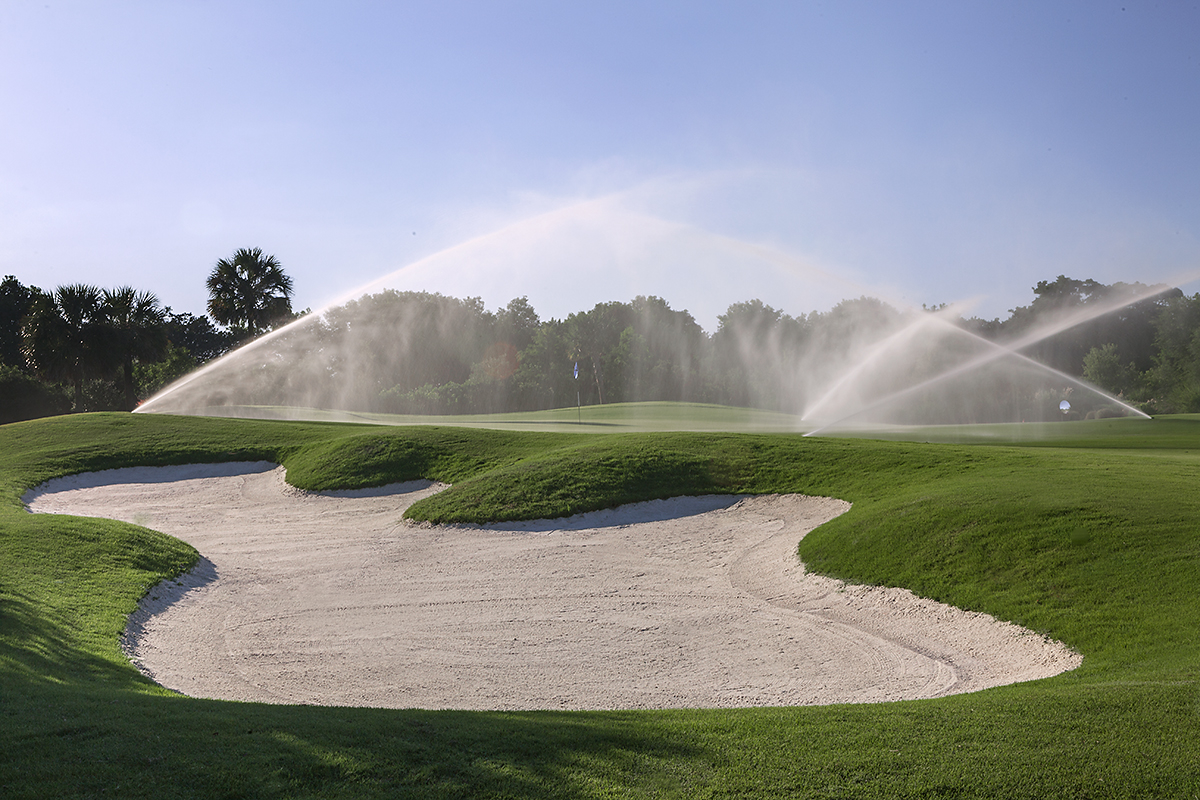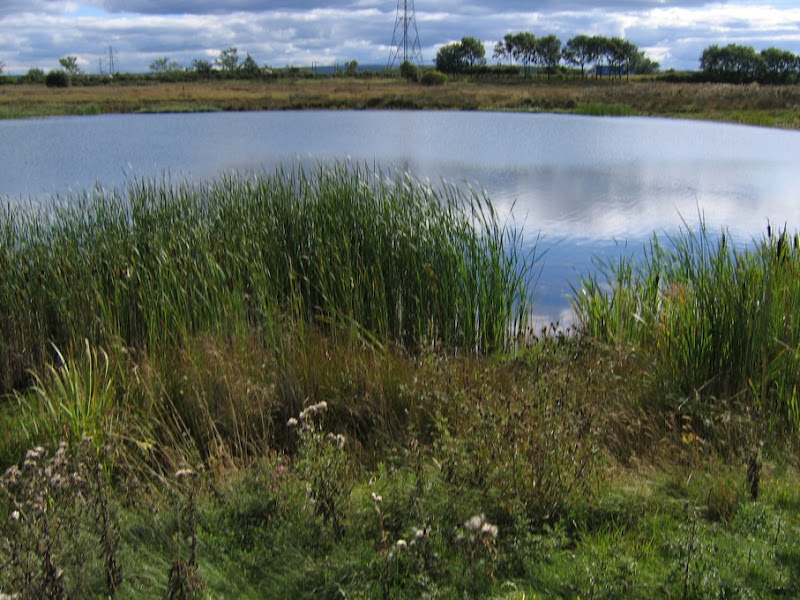With sustainability quite rightly at the forefront of world issues the hunt for renewable resources continue as we look for more efficient and sustainable alternatives. With this in mind golf courses have come under the spotlight about their water usage. Water is a natural resource that is in limited supply as highlighted by the UK’s Environment Agency. They state that the UK could face water shortages by 2050 if action is not taken to conserve its supply.
It is estimated that golf courses use around 130,000 gallon of water per day during the summer months. That is a lot of water! and the majority comes directly from mains supplies which isn’t very sustainable.
Now we understand asking golf courses to change overnight is not very realistic but if we are looking to future proof the game of golf, this forward planning needs to be implemented.
A good question to ask your golf course is ‘Where would your water come from if golf clubs were banned from using mains resources’. If they could continue to maintain their course they are already doing a great job. Most clubs will not give such a positive answer.
We have decided to take a look at some of the ways golf clubs could conserve or reuse water in a sustainable manner.
Golf Course Water Monitoring
Firstly, golf course managers need to look at ways of monitoring their existing water usage. Creating maps of your course and its available water resources is a good place to start. This allows for a better understanding of which locations require the most water.
Monthly reporting on water usage should be undertaken to highlight which times of the year require more water. You can then create active water reduction goals which can be measured and analysed regularly.
You might be thinking, ‘How can I report on water usage figures?’ the answer is using a water monitoring system. These can be installed across an entire golf course and merges all irrigation data onto a single online system. This provides live data to course teams which means they can make more informed decisions.
Soil moisture sensors should be placed within the rootzone to highlight moisture levels. This data can then be used to reduce the usage of the irrigation system in places which do not require it.
The aim of monitoring is to provide live data which can be used to improve efficiency and set water reduction goals. Not only does it give a sustainable initiative but it can help to cut costs.

Water Reduction
In cohesion with a water monitoring system you can look at implementing water reduction strategies. As mentioned, this information will allow you to be in better control of your irrigation system and it can be programmed to run only when it is needed.
For short term improvements you should look to audit your irrigation system to highlight areas for improvement. Wear and tear can play a role in poor system performance with issues such a leaks.
Another idea for water reduction is simply to have less areas covered in turf. The use of artificial surfaces have become increasing popular, one because they require little maintenance and two because they do not require water. It isn’t required throughout a golf course but it can be used in areas which do not fundamentally need turf such as tee boxes or on driving range facilities.

Alternative Water Sources
Possibly one of the most important areas when it comes to sustainable water usage on golf courses is sourcing.
There are a variety of ways golf clubs can source water to use within their irrigation system, however, not all are sustainable. Clubs should be looking at sustainable sourcing such as water recycling or reuse. A source which is always available in the UK is rainwater. Drainage pipes can be connected to storage areas such as attenuation ponds and can look to feed irrigation systems during heavy rainfall.
Another sustainable source is that of greywater recycling. Greywater is effluent water which will be filtered, treated, and disinfected. It can then be directed to be used out on the golf course.
Overwatering can be an issue and is something that happens. We can reduce the affects of overwatering by connecting site drainage to an irrigation system. This excess water can then be stored or reused, mitigating the impact of using too much water.

Education
Finally, educating key stakeholders such as golf club members, greenskeepers, and golf club managers can provide a greater understanding. When people have more information about an issue they can adopt different management models. This also goes for the usage of water at golf clubs and can look to bring about change within the industry.
It important to highlight the environmental challenges and legislation as well as possible solutions to give clubs the chance to change.
Sources:
3 Proven Ways to Use Less Water on Your Golf Course | GEO Foundation for Sustainable Golf
Where would your water come from if golf clubs were banned from using mains resources? | BIGGA